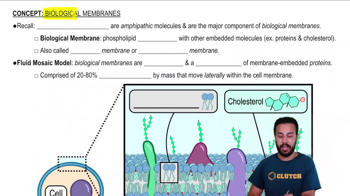A progressive disorder characterized by the loss of higher-order cerebral functions is
(a) Parkinson's disease
(b) Parasomnia
(c) Huntington's disease
(d) Alzheimer's disease
 Verified step by step guidance
Verified step by step guidance Verified video answer for a similar problem:
Verified video answer for a similar problem:

